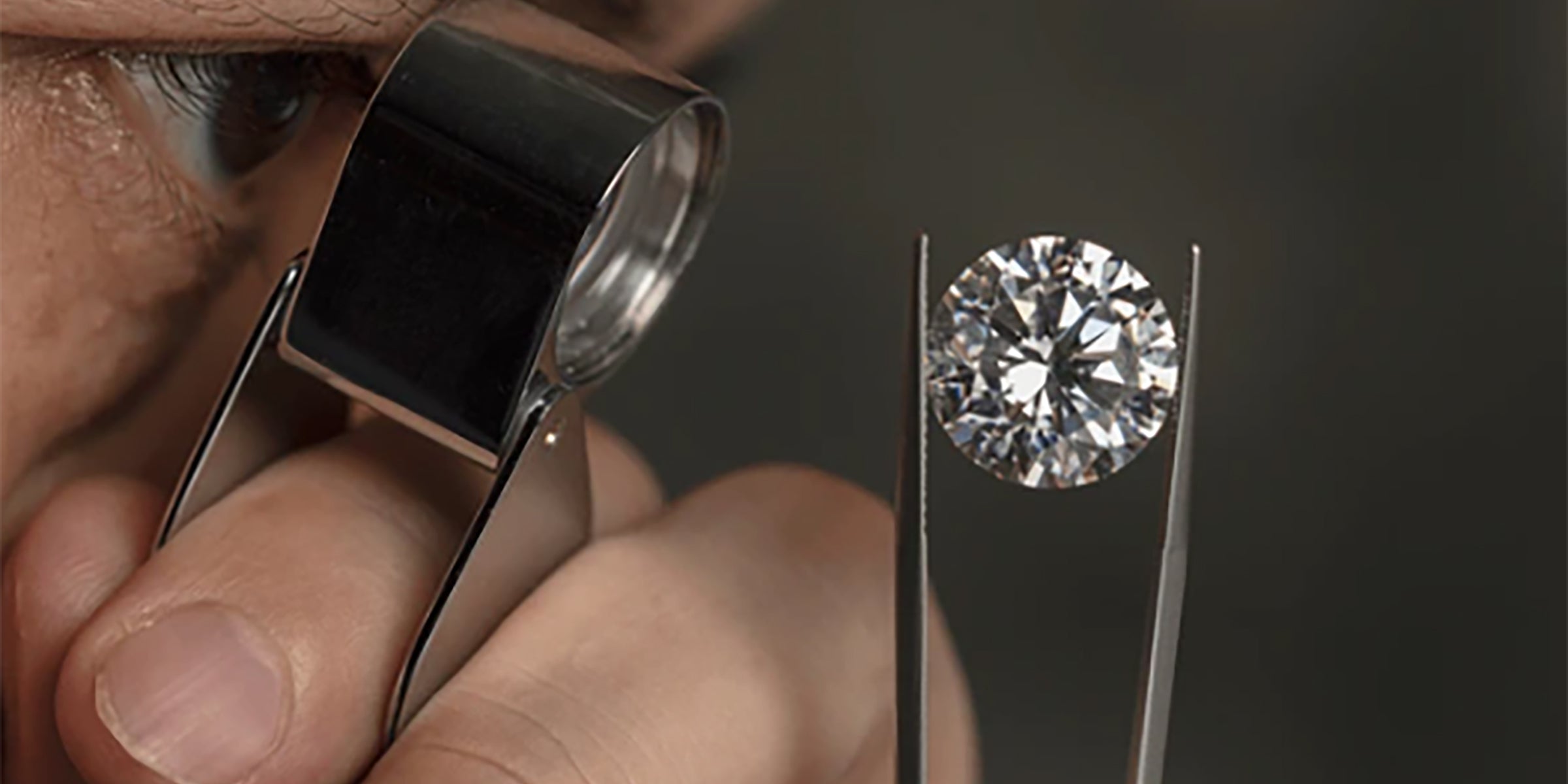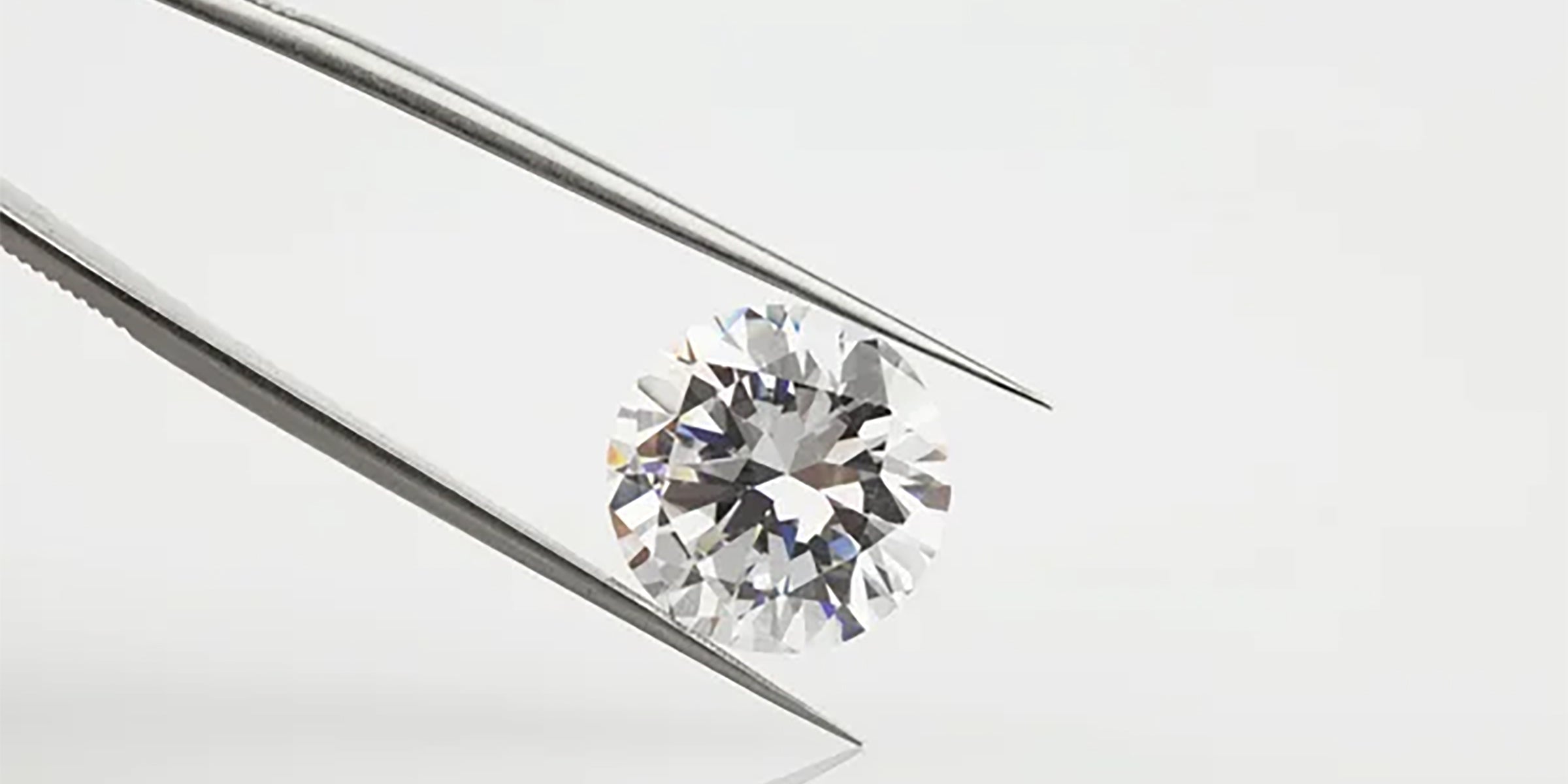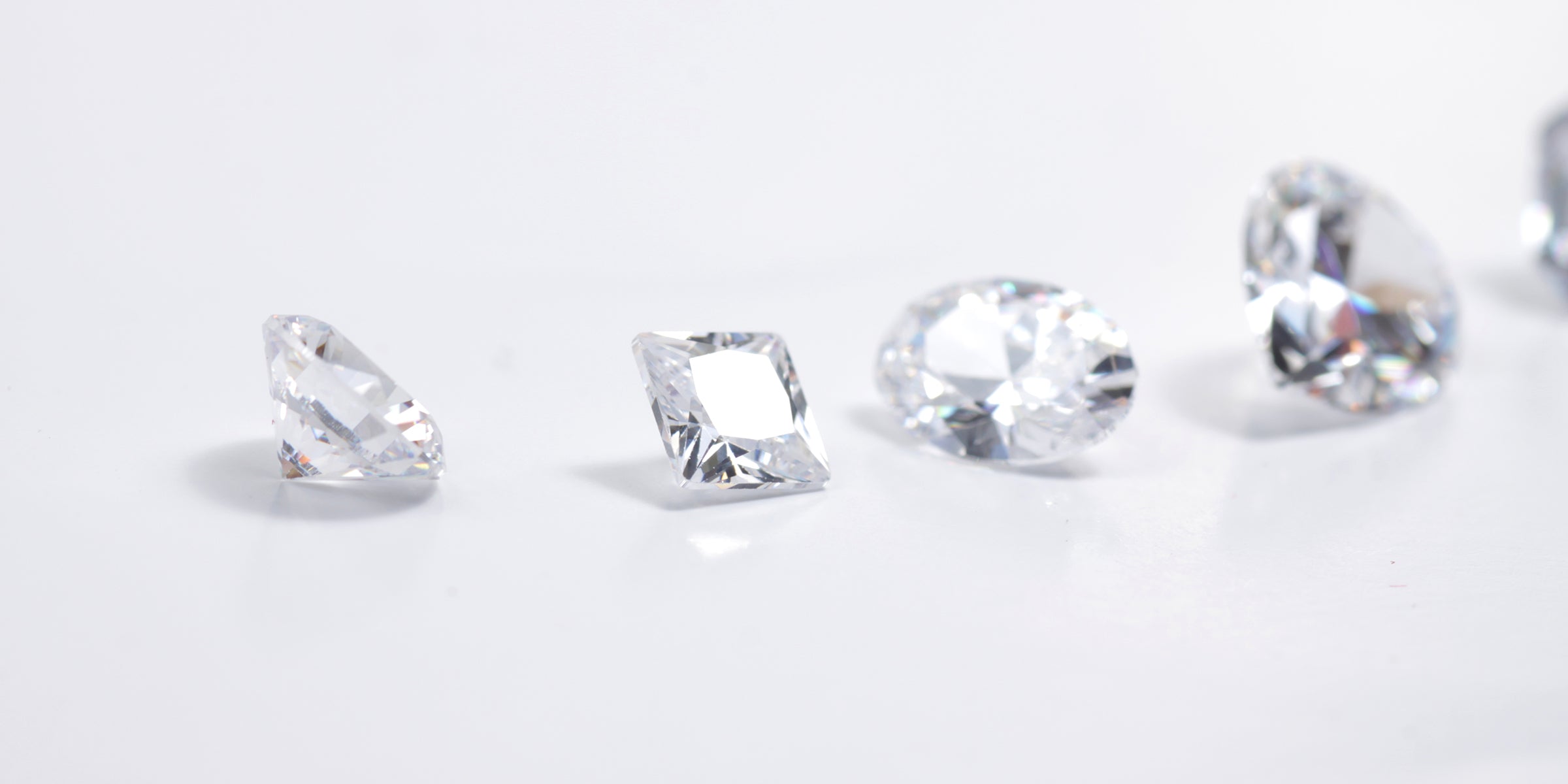
Lab Grown Diamonds vs Natural Diamonds
Diamonds have long symbolised elegance, luxury, and enduring love. With the rise of lab-grown diamonds, many wonder: how do they compare to natural, mined diamonds? The truth is, these two types of diamonds are nearly identical, their main difference lies in their origin.
Are lab-grown and natural diamonds truly the same? Yes. Both are real diamonds with the same chemical, physical, and optical properties. One is formed deep inside the Earth over billions of years; the other is created in a lab within weeks. This guide explores their similarities and differences, helping you choose your perfect diamond.
The Origin Story: Natural vs Lab-Grown Diamonds
Natural Diamonds
Natural diamonds, also known as mined diamonds, form over billions of years under intense heat and pressure inside the Earth’s crust. Volcanic activity brings these carbon crystals to the surface, where they are carefully mined, cut, and polished into sparkling gems.
Lab-Grown Diamonds
Lab-grown diamonds are created in high-tech laboratories that replicate the natural conditions of diamond formation. Starting with a tiny diamond seed, scientists use High Pressure High Temperature (HPHT) or Chemical Vapour Deposition (CVD) to grow the crystal. The result is a diamond indistinguishable from a mined stone, even to expert gemologists.
Why Lab-Grown Diamonds Are Just as Real and Beautiful
100% Genuine, Indistinguishable Diamonds
Unlike simulants like cubic zirconia or moissanite, lab-grown diamonds have the exact same chemical and physical properties as natural diamonds. They possess the same hardness, brilliance, and sparkle.
Graded by the Same Standards
Both lab-grown and natural diamonds are evaluated by expert gemologists based on the Four Cs: Cut, Colour, Clarity, and Carat weight. This ensures you receive a quality diamond, regardless of its origin.
Lab-Grown vs Natural Diamonds: At a Glance
| Feature | Natural Diamonds | Lab-Grown Diamonds |
|---|---|---|
| Composition | Carbon | Carbon |
| Refractive Index | 2.42 | 2.42 |
| Dispersion | 0.044 | 0.044 |
| Hardness | 10 (Mohs scale) | 10 (Mohs scale) |
| Appearance | Identical | Identical |
| Origin | The Earth | A Laboratory |
| Time to Form | Billions of years | Weeks to months |
| Value | Higher price | More affordable |
Why Choose Lab-Grown Diamonds?
More Affordable Luxury
Lab-grown diamonds generally cost 40–50% less than natural diamonds. This price advantage allows you to select a larger or higher-quality stone within your budget, without compromising on brilliance or durability.
A More Sustainable and Ethical Choice
Mining diamonds can cause environmental disruption and social challenges. Lab-grown diamonds have a smaller ecological footprint and are free from the risks linked to conflict zones. Choosing lab-grown is a conscious step toward sustainability and ethical sourcing.
Equal Quality, Exceptional Value
Lab-grown diamonds deliver the same sparkle, fire, and durability you expect. They combine timeless beauty with modern values, making them an excellent choice for those who care about the planet and want exceptional value.
Conclusion: The Real Difference is Origin
Lab-grown and natural diamonds are identical in every quality that counts, chemistry, sparkle, and strength. Their difference lies in origin: natural diamonds form over billions of years beneath the Earth, while lab-grown diamonds are crafted in weeks with cutting-edge technology.
For those who prioritise sustainability, ethics, and affordability without sacrificing quality, lab-grown diamonds provide a compelling alternative. Either way, you’re choosing a brilliant symbol of love and commitment.


